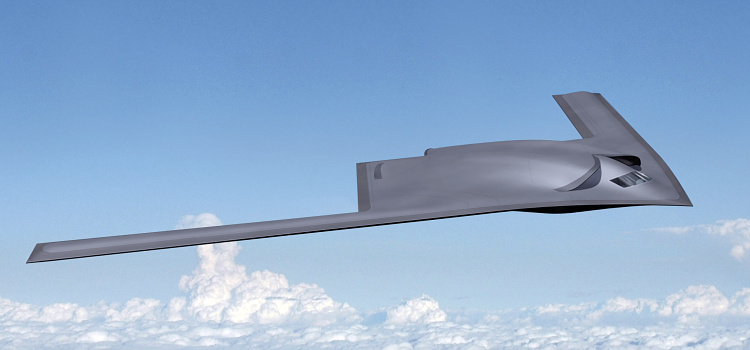Automatic budget cuts could hit Pentagon harder this year
(Reuters) - Months after the U.S. military was hit with a $37 billion budget cut that threw it into turmoil and confusion, the Pentagon is headed into the new fiscal year facing a similar threat that could have even more devastating consequences, officials say.
The budget deal that ended the government shutdown this month let the Pentagon continue spending at an annualized level of $496 billion in the 2014 fiscal year that began on October 1.
That is about $31 billion below what President Barack Obama requested for 2014, but about $21 billion above the caps set by the Budget Control Act of 2011, meaning the Pentagon faces another across-the-board cut unless Congress reaches a new spending deal that changes the law by mid-January.
And the situation could get worse. Under the 2011 budget act, defense spending is expected to begin growing again in 2015. But a top defense budget analyst said on Thursday that based on historical trends from previous military cutbacks, Pentagon spending could shrink to as low as $415 billion.
Todd Harrison, an analyst at the Center for Strategic and Budgetary Assessments think tank, said a drop of that magnitude would force a huge cut in the size of the military, cause the cancellation of many weapons programs and lead many defense companies to go out of business.
"This would be, you know, catastrophic, if you will, for a lot of procurement programs. There would be a lot of glass on the floor at the end of this. You'd break a lot of things," he told reporters at a briefing on the 2014 defense budget.
Harrison said he was not predicting that scenario would actually take place, but looking at what could happen if the current defense drawdown followed the pattern of cutbacks after the end of the Cold War, the Vietnam war and the Korean war.
Defense officials paint a grim picture of the impact the budget uncertainty is having on their ability to ensure the military is prepared for action in the future.
FEWER HELICOPTERS
Army Assistant Secretary Heidi Shyu told a panel in the House of Representatives on Wednesday that more automatic budget cuts this year could force the Army to buy 12 fewer Apache helicopters and 11 fewer Chinooks helicopters and delay upgrades to the Abrams tank and Bradley Fighting Vehicle.
William LaPlante, a principal deputy Air Force secretary, said the Air Force might have to drop plans to buy four or five of the 19 F-35 Joint Strike Fighters it was scheduled to purchase. Navy officials told the panel they would have to cancel much of their planned maintenance for ships and aircraft.
"What we've been experiencing over the last one-and-a-half to two years, frankly, has been extraordinarily destabilizing," said Sean Stackley, a Navy assistant secretary, noting that the uncertainty was unraveling efforts to cut contracting costs.
Automatic budget cuts under a mechanism known as sequestration, which reduces spending across all accounts regardless of their strategic importance, is causing "a steady decline" in military preparedness and ultimately national security, he said.
Harrison said the budget cuts that went into effect in March prompted the military to reduce spending for weapons programs and development. The Pentagon shifted some of that funding to current operations and training, essentially trading future preparedness to maintain the present force.
But even with that shift in funding for present operations, only two Army brigades are fully trained for combat in the event of a crisis, General Ray Odierno, the top Army officer, said this week.
Harrison urged the Pentagon to acknowledge that Congress, after two years of discord, is unlikely to reach a deal to lift the budget caps it set in 2011. He said by submitting budget plans that recognize the caps, the Pentagon could avoid the uncertainty of across-the-board cuts and plan more effectively.



